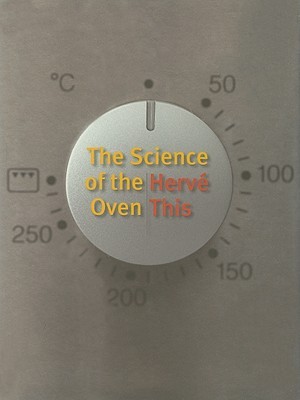Among the more miraculous edible transformations is the one that turns raw meat, salt and a few basic spices into some of the most delicious foods around.
Time was when curing meat, especially stuffed into a casing to make a sausage, was the only way both to use every part of an animal and to help make it last longer than raw meat. Done right, a sausage would stay good to the next slaughtering season and beyond.
The process relied on the skill of the sausage-maker, the help of beneficial bacteria and moulds, the right conditions, a great deal of patience, and sometimes luck. Luck is less of a factor now, because to keep up with demand the vast majority of cured meats are produced in artificial conditions of controlled precision. Here and there, though, the old ways survive. Jan Davison spent months touring the sausage high-spots of Europe looking for the genuine article, and shared some of her favourites at the Oxford Symposium on Food and Cooking last year.
This tempts me greatly to consider decommissioning an incubator from science related use to food related use…


